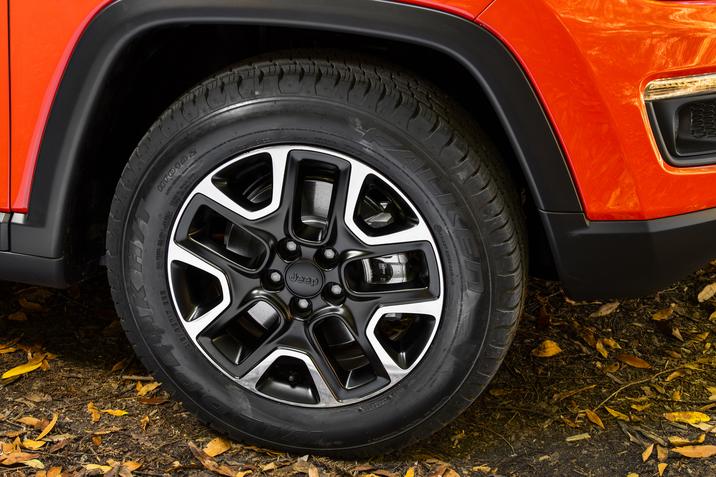
1. Check all fluids, including engine oil, power steering, brake and transmission as well as windshield washer solvent and antifreeze/coolant.
2. Check the hoses and belts to make sure they are not cracked, brittle, frayed, loose or showing signs of excessive wear.
3. Check the battery and replace if necessary. Make sure the connection is clean, tight and corrosion-free.
4. Check the brake system annually and have the brake linings, rotors and drums inspected at each oil change.
5. Inspect the exhaust system for leaks, damage and broken supports or hangers if there is an unusual noise. Exhaust leaks can be dangerous and must be corrected without delay.
6. Check engine performance to make sure it is delivering the best balance of power and fuel economy and producing the lowest level of emissions.
7. Check the heating, ventilating and air conditioning (HVAC) system as proper heating and cooling performance is critical for interior comfort and for safety reasons such as defrosting.
8. Inspect the steering and suspension system annually including shock absorbers, struts and chassis parts such as ball joints, tie rod ends and other related components.
9. Check the tires, including tire pressure and tread. Uneven wear indicates a need for wheel alignment. Tires should also be checked for bulges and bald spots.
10. Check the wipers and lighting so that you can see and be seen. Check that all interior and exterior lighting is working properly and replace worn wiper blades so you can see clearly when driving during precipitation.
